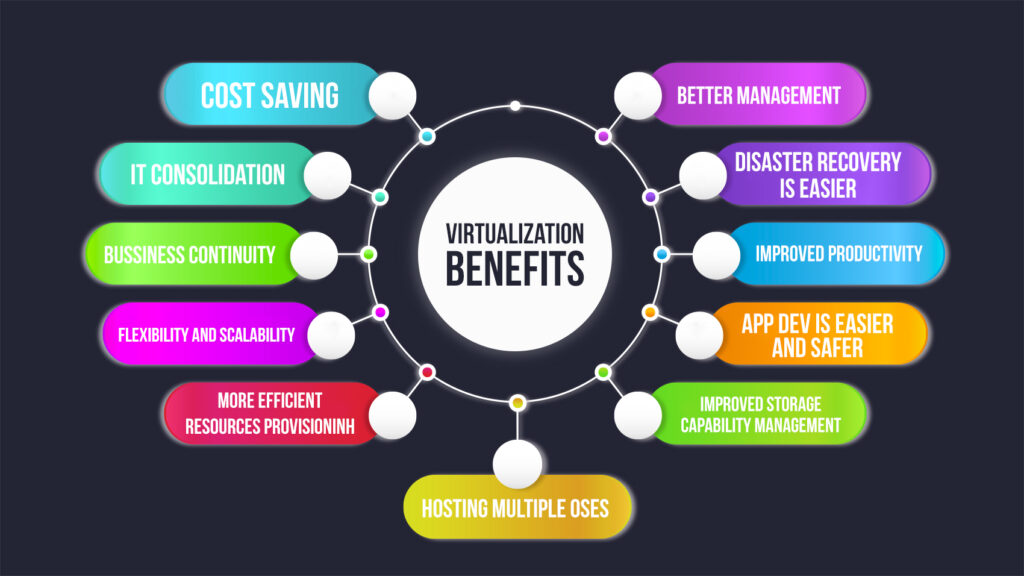Virtualization

What is Virtualization?
Virtualization is to simulate a virtual version of a physical device -like servers, network devices, and storage- on a physical platform. For this purpose, we need an abstraction layer over the computer hardware. Let’s see how virtualization started in the first place with an example.
Virtual vs. Physical Implementation
Physical
Imagine we have to start a new service in our company. First of all, we need to purchase server hardware according to our service requirements (RAM, CPU, Hard disk, Network Adapter). After assembling the server hardware, we should choose the server operating system and install it, and now we can implement our new service. If we want to start another service, we have to purchase another server hardware and do all this again or use dual-booting to reduce server hardware costs, but users can only work with one operating system at a time.
Virtual
Virtualization creates an abstraction layer on the computer hardware. Administrators can create multiple services in this abstraction layer as virtual machines and virtual instances, which are entirely bound to the hardware in the real world. So this abstraction layer makes server hardware components such as ram, CPU, disk, and NICs shared between these virtual instances and virtual machines. Therefore all of the services work Simultaneously. Every virtual instance works as an independent service with independent hardware.
Server virtualization
Server virtualization improves resource efficiency and accessibility, and IT applications. This process allows managers to reduce repetitive server management tasks and innovate in the business structure. The server virtualization market has expanded rapidly due to its simplicity, cost savings due to reduced hardware requirements, and improved server performance.
Virtualization Benefits
